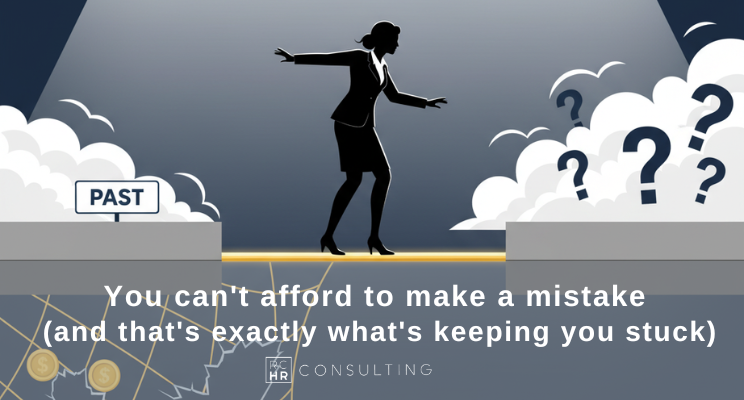Predictive Power of People Analytics
- Renee Conklin
- Feb 1, 2021
- 4 min read
After last week’s Talent Management Asia conference, I wanted to share some observations about one of the key themes: DATA. These days, no one disagrees that HR needs to be strategic and business aligned. That drum has been beaten to death. Yet, HR also needs to incorporate more data and technology into their processes to create value, realize efficiencies and impact the bottom line. But the real question is: How?
In comes predictive analytics. There is a lot of power and promise in predictive analytics, but right now, it seems the uptake in Hong Kong is almost nil. In a quick poll of the room of 250 talent and HR attendees to see who was using predictive analytics in their organization, not one person raised their hand. So what exactly is predictive analytics, how is it being used in HR and how can you get started on this journey? Read on to find out.
What is it?
According to the all-great and all-powerful Wikipedia, predictive analytics encompasses a variety of statistical techniques from data mining, predictive modelling, and machine learning that analyze current and historical facts to make predictions about future or otherwise unknown events. Importantly, predictive analytics does NOT predict the future. Phew! So that means all of the recruitment and HR professionals will still have a job in the near term. But only if we learn how we can harness predictive analytics to our advantage.
How is HR using it?
Predictive analytics is being used for everything from forecasting which of your employees is most likely to resign (based on tenure, absenteeism, productivity, etc), to who should be targeted for high-potential programs, and which hires will be the most successful. Essentially, it gives HR the power to make evidenced based decisions from previous data. It has the potential to help HR transition from a purely reactive role to a much more proactive, partner-like approach with their business.
Predictive analytics has the potential to help HR transition from a purely reactive role to a much more proactive, partner-like approach with their business.
What should you be doing about it?
As Ross Sparkman from Facebook said during his opening keynote, “It all begins with data.” Yet, a common problem HR leaders face is how to get your business to buy-in to new initiatives, particularly something fairly innovative like predictive analytics. In particular, they may ask, “How can I trust the data?” So where do we start in HR? Here are a few simple tips on getting started with predictive analytics in your organization, gleaned from some of the contributors at the conference.
· Start with a pilot project to get business buy-in
· Get the basics right first to build credibility
· Let employees control their own data
· Don’t use HR jargon; design reports or surveys in the language of the business
· Move from data to storytelling; data visualization can link HR data to business outcomes
How can you get started?
A conference attendee asked, “How do you set-up a People Analytics function?” This is a great question and the answer was probably the most anticipated of the whole 2-day conference. Should you build, buy or borrow? What type of people do you need and with what skills?
One of the panelists used the analogy of building a house. When you build a house, first, you need to hire the architect. There is no point in hiring a plumber if you don’t have the foundation laid and a blueprint of your plans. According Sparkman, the four key roles you should consider for building your People Analytics function are:
1. Analytics Business Partner
2. UI Designer (User Interface)
3. Statistics professional
4. Programming professional
An “Analytics Business Partner” may be a new term to many and it may be awhile before this role hits the shores of Hong Kong. Similar in idea to an HR Business Partner role, the Analytics Business Partner sits in between the business and HR teams and can translate analytics to the business (though they may not do the analytics themselves). Whereas your User Interface (UI) designer makes your interface easy for your internal clients to use. Sparkman recommends hiring the first two roles into your team first. Thereafter, you can utilize vendors who can provide the technical expertise required for statistics and programming.
There you go! An easy outline for what predictive analytics is and how to get up and running with it in your own organization! So what’s stopping you? It’s time to get started!
Many thanks to all of those from the conference who shared insights that contributed to this article, including Ross Sparkman, Steven Yong, Susan Prayana and Arpan Khurana.
Renee Conklin is an HR Leader who writes about talent attraction, employee engagement and the future of work. She is the founder of RC HR Consulting.
All content provided in this post is for informational purposes only. The writer makes no representations as to the accuracy or completeness of any information on this site or found by following any link on this site. The writer will not be liable for any errors or omissions in this information nor for the availability of this information. The writer will not be liable for any losses, injuries, or damages from the display or use of this information. These terms and conditions of use are subject to change at any time and without notice.
.png)





Comments